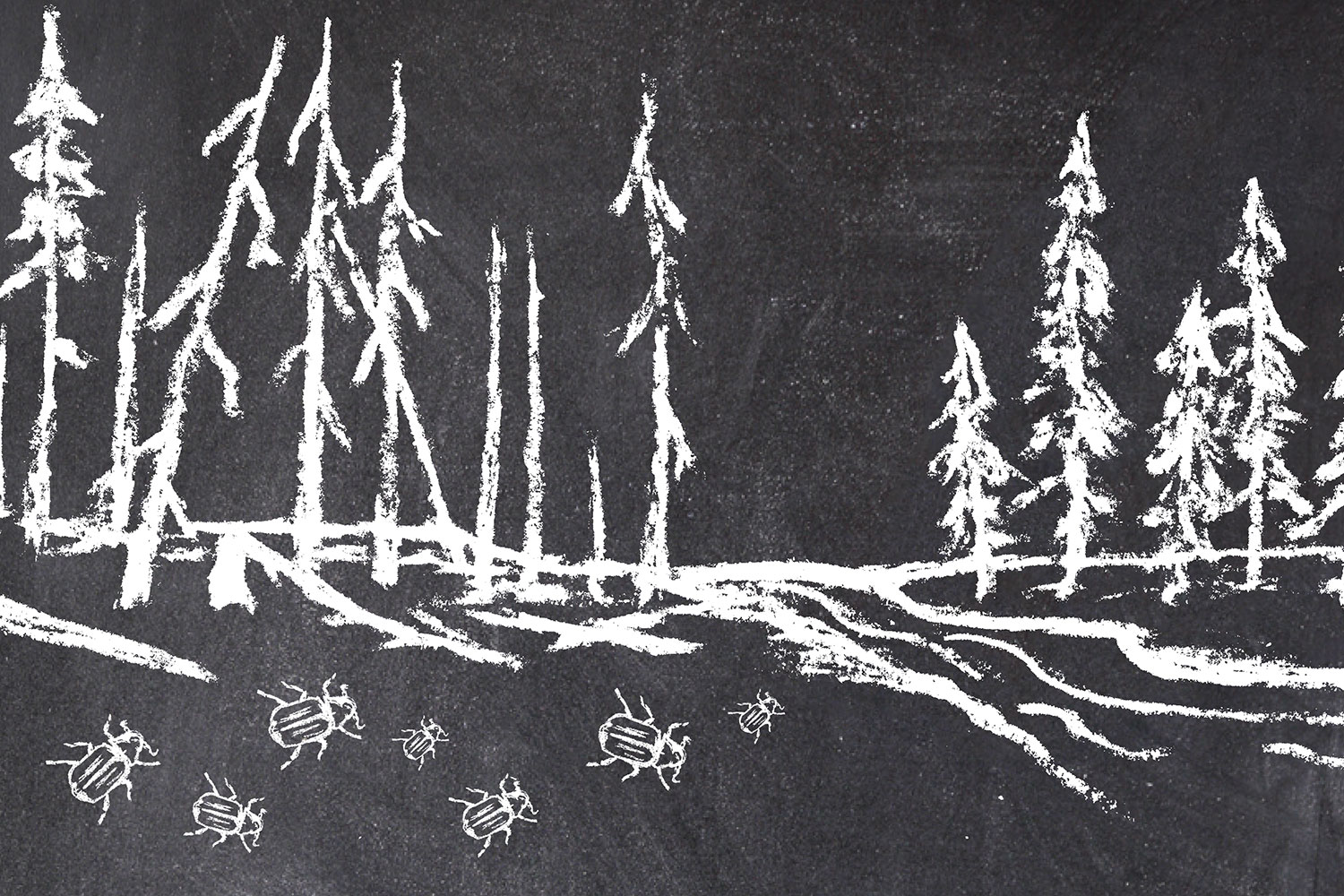
Southern Rockies Hydrological Modelling
This project uses a flexible modelling platform called the Raven hydrological model. It assesses streamflow response to timber harvest. The goal is to callibrate Raven for the Southern Rockes using 50 years of weather data.
Once calibrated, Raven will be used in climate change projects and forest planning initiatives by quantifying the relationship between forest harvesting and indicators like peak flow and timing. This model will allow policy makers, land developers, industry, and government to quickly assess the probability that a forest harvest plan (or other disturbance) will impact watersheds.
This project focuses on calibrating a hydrological model called Raven, that can inform climate change projects and forest planning initiatives. The model assesses streamflow response to timber harvest. One strength is its flexibility, as it can be customized to the data available.
Researchers seek to better understand how the forest harvest level within a watershed impacts watershed indicators like peak flow and timing. However, developing a modelling platform for the entire region isn’t practical because of limited data, the size of the area, expense, and the high technical skill needed to execute the work. Instead, this project establishes a methodology to calibrate and customize the Raven model so that it can asssess the relationship between harvest level and indicators of interest.
The results will quantitatively guide forest management where detailed assessments of hydrological risks are pertinent. This will allow policy makers, land developers, industry, and government to quickly assess the probability that a forest harvest plan, or other disturbance, will impact watersheds.
About Raven Hydrological Model
Raven is a new modelling platform developed by Dr. James R. craig and his team at the University of Waterloo. It is designed to assess changes in forests and climate. It has sevearl major strenghts:
- complete flexibility in spatial discretization
- interpolation
- process representation
- forcing function generaltion
Partnerships include SRD, the U of A, and the Canadian Forest Service
Calibration of a “user friendly” model is complete.
The first of two climate change models is calibrated.
The team attends the American Geophysical Union Fall 2012 Meeting








